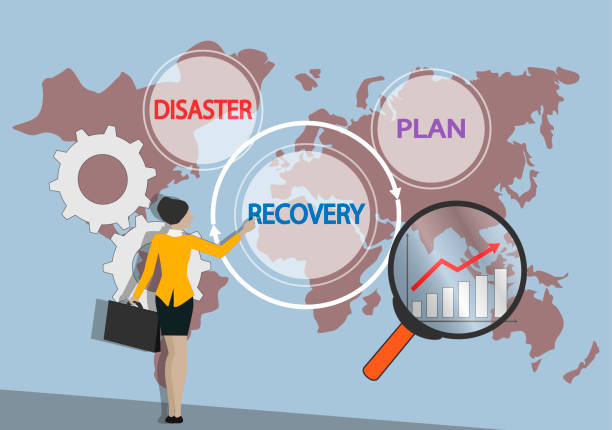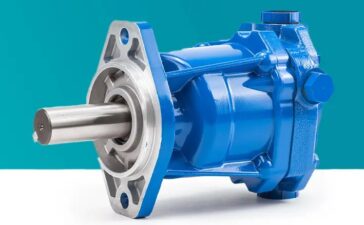In the state of the disaster, disaster recovery as a service plan and maintain the mission-critical for the disaster. Business law is more prone to data loss, hardware function hacking, Malware, human error other things. In this case, the best practice is to restore the data through electronic information used by the computer.
Disaster recovery planning:
The disaster recovery plan is not easy to procedure and requires effort and time. The organizations need to make a recovery plan in a state of emergency. In this way, they can deal with emergencies. The main requirement is to use the best approach to design a DRP, protecting against data loss. Your plan must include the following strategies.
- Hardware is the base point through where the failure occurs, and it should be the first step. Another best approach is to use the standard hardware to remake and Re-image hardware and keeping the low overhead.
- Another way is to use the backup and catalog program software which is necessary for businesses. Furthermore, the Software and Hardware must fix the known problems.
- DRP into the business continuity plan ensures the exposure of all levels in a business.
- After that, you have to test the plans whether they are right or not.
- There is no bad making the common strategies to build the recovery and look for losses.
- In case of any problem, you can contact the key personnel.
- Sometimes the financial and legal issues are the significant problems, and you must check it at the end to ensure the procedure.
Levels
The share technical steering committee discovered the seven levels regarding disaster service. Here are some levels of DRS.
Tier 0– In this recovery, it can be possible through an onsite system only.
Tier 1– the cold site is used for the physical backup that transports the data to an outside facility that doesn’t require the hardware.
Tier 2- The site is used for the physical backup in which the data is transferred to an offsite facility that requires hardware in order to aid the support keys.
Tier 3- In this tier, the data is transferred to a hot site. The whole procedure is short.
Tier 4: In this process, the secondary and primary sides copy the date and create a backup. All the procedure occurs through the help of disk.
Tier 5- It causes the transmission of data across the sites.









